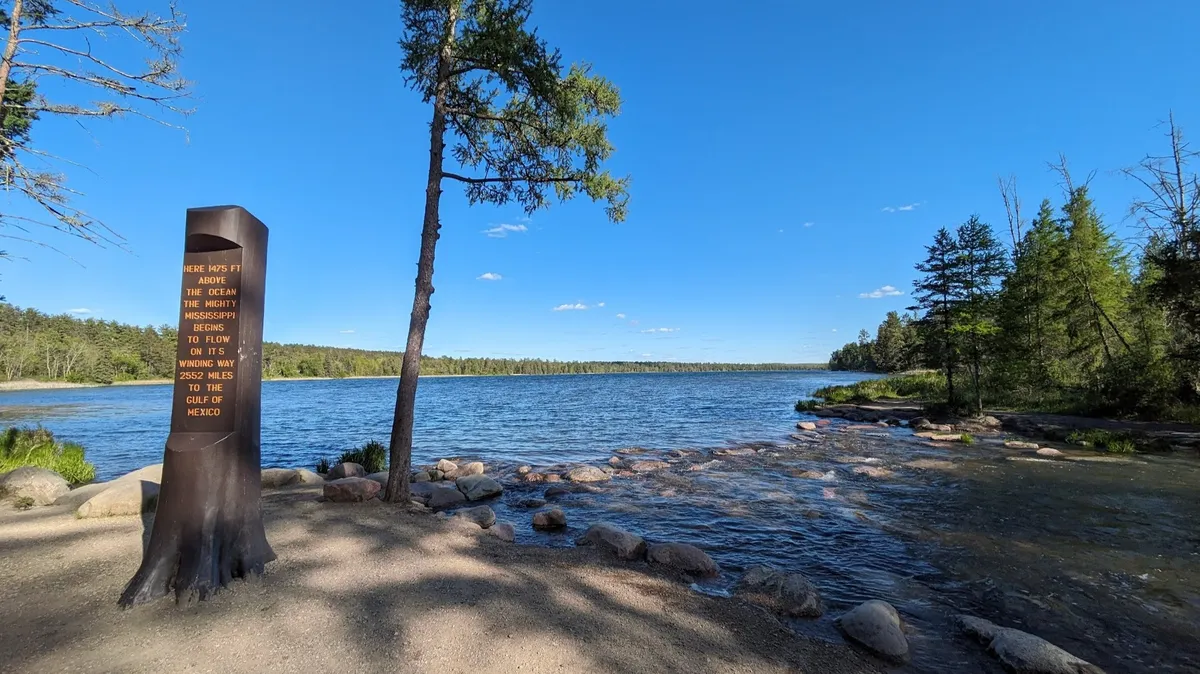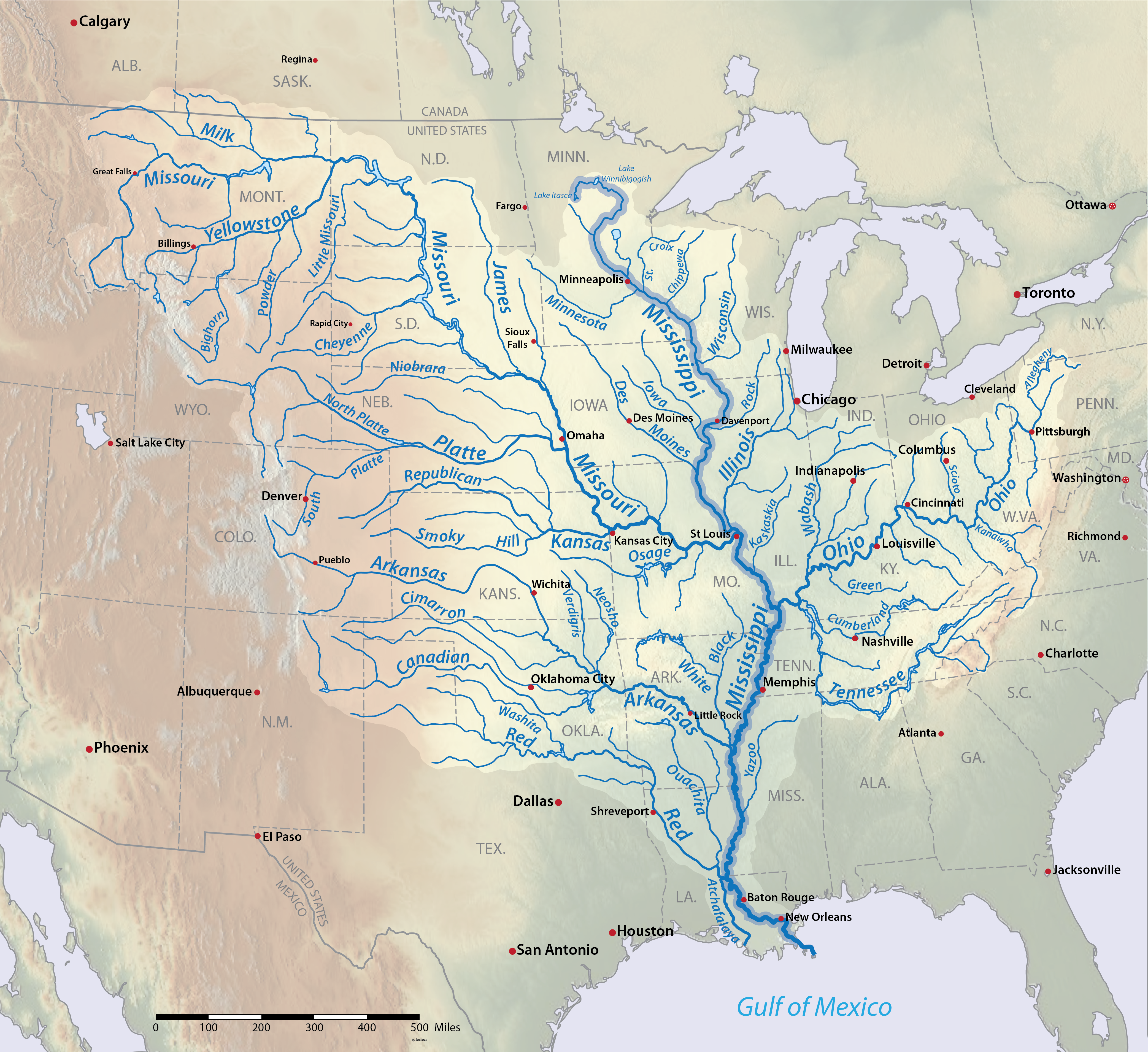Fluvial Concerns
In 1832 Ozaawindib was well into her fifth or sixth decade and primarily concerned with the ongoing conflicts with the Dakota. Her people, the Ojibwe (or perhaps Chippewa, transliteration being a tricky beast) had migrated from east of the Great Lakes to the area, causing friction with the Dakota. She lived in the vicinity of Gaa-Zagaskwaajimekaag: a lake with the charming literal translation of "lake abundant with bloodsuckers" that is now labeled "Leech Lake" on maps.
Her life to this point comes to us in glimpses. We know she was born male and had the status of agokwe, a cultural notion whose linkages to modern conceptions of gender and sexuality are complex1. She was a warrior and seems to have had a romantic entanglement that ended poorly with one John Tanner. I've read that she became the third wife of Wenji-Dotaagan and also that she had multiple husbands. Safe to say her romantic endeavors were not lacking drama.
Regardless, in 1832 she met Henry Rowe Schoolcraft, an ambassador of the United States government to the Ojibwe. Schoolcraft requested that she lead him to Gaa-Miskwaawaakokaag and on to Omashkoozo-Zaaga’igan, two lakes in the area.
I cannot find any information regarding if Ozaawindib or the Ojibwe in general thought of this second lake as anything particularly special, but when Schoolcraft arrived there he planted an American flag on an island in the center and proclaimed it Lake Itasca2. For him the lake had outstanding significance: he had found the source of the Mississippi River.
 The current state of the Missippi headwater. The shallow stone path was added in 1930 so visitors could "walk across the Missippi".
The current state of the Missippi headwater. The shallow stone path was added in 1930 so visitors could "walk across the Missippi".
Schoolcraft would later translate the poem of his dead wife, Jane Johnston Schoolcraft3, to English from Ojibwe. It speaks of an island in a lake, one imagines not dissimilar to the one where he planted the flag decades prior.
Here in my native inland sea
From pain and sickness would I flee
And from its shores and island bright
Gather a store of sweet delight.
Lone island of the saltless sea!
How wide, how sweet, how fresh and free
How all transporting—is the view
Of rocks and skies and waters blue
Uniting, as a song's sweet strains
To tell, here nature only reigns.
Ah, nature! here forever sway
Far from the haunts of men away
For here, there are no sordid fears,
No crimes, no misery, no tears
No pride of wealth; the heart to fill,
No laws to treat my people ill.
Ozaawindib, of course, could have read it in the original.
Sometimes water finds its way to locations of relatively high altitude. Typically this occurs because of precipitation or melting ice and snow. Now being so high up is an issue for water because it, like all of creation, desires to be as close to the center of the Earth as possible. Therefore it makes its way down, down, down to ocean, always taking the path of least resistance.
As droplets converge they become trickles, trickles converge into creeks, creeks into streams, streams into rivers, and so on. So from the mouth of the Mississippi the waters splay backwards onto the continent, an elaborate root system nurtured by peaks and plateaus.

All of which brings about the question of naming. When the Missouri River and the Mississippi River converge in St. Louis, why is it the Mississippi that carries on? Or in reverse: why is the northern branch of the convergence the rest of the Mississippi and why is the other the Missouri?

It brings me no joy to inform you of this: but it's all made up. One might presume that the source of the Mississippi is the source that is furthest from the mouth. But that would be Brower's Spring in Montana. Perhaps it's determined by volume? But then the source would be somewhere upstream of the Allegheny in Pennsylvania. Lake Itasca is "the source" of the Mississippi river because Schoolcraft said it was in 1832, based on a vibe. I asked earlier if the Objibwe noted anything special about Omashkoozo-Zaaga’igan, Lake Itasca, but the question now is: why would they have?
If you google "how long mississippi river" you will receive the following information: 2,340 miles. This is the distance from its mouth to Lake Itasca. To Brower's Spring it's 3,710 miles. That's nearly a 1.6 time increase in length.
I recall a small ontological crisis when it was declared Pluto was not a planet. This frankly seems hardly a concern now that it has become clear that rivers don't meaningfully exist. Next they'll say there's no difference between Europe and Asia and people are fish and then we'll be completely fucked.
I am using the pronoun "she" following the style of Kai Pyle, whose article is the source of much of this information and who has given this far more thought than I.↩
Supposedly a bizarre contraction of "veritas caput" or "true head" in Latin. Schoolcraft apparently gave contradictory stories about the etymology.↩
The daughter of an Irish fur-trader and Ojibwe woman and considered the first native literary writer in the United States. I do not know what makes one a "literary writer", but there it is. Henry appears to have had an inclination towards literary women: after the death of Jane he remarried to Mary Howard, who had a bestseller in The Black Gauntlet, a collection of pro-slavery speeches written in response to Uncle Tom's Cabin.↩